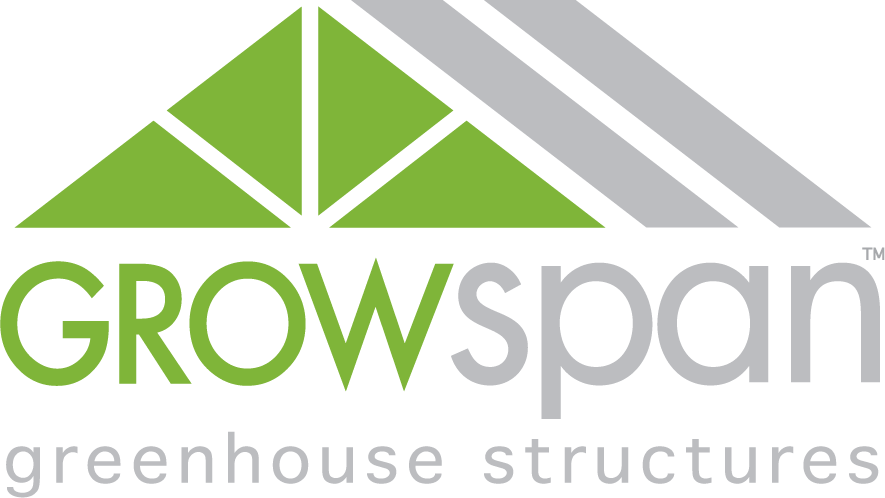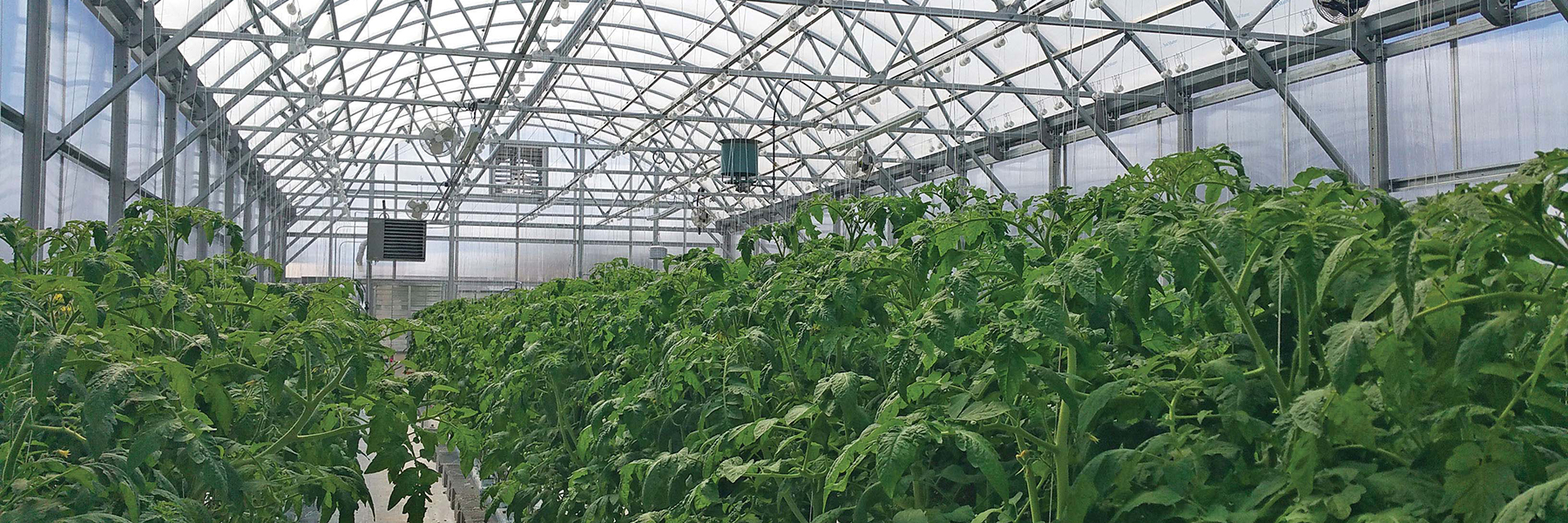How Growers Can Take Advantage of CO2 Enrichment
July 12, 2018
Every grower knows that plants need CO2, but less commonly known is that when CO2 levels drop below 250 to 300 ppm (parts per million), plants stop growing altogether. Although plants can survive without added CO2, they probably won’t thrive. After boosting CO2 levels, many growers have noticed that not only are plants actually greener, they also grow in greater numbers and mature earlier, and because of this many growers are interested in CO2 enrichment equipment.
The first step to take before obtaining any CO2 enrichment tool is to assess CO2 levels with a handheld meter or by using an operation’s control system. The optimal level of CO2 depends on the type of crop being grown, although it’s generally recommended to have levels around 1,000 ppm during the day when vents are closed.
The most popular CO2 enrichment tools are either natural gas or propane tanks, or tanks that contain pure liquid CO2. In most cases, the lowest cost way to generate CO2 is by burning propane or natural gas. In addition to generating CO2, these systems also produce water vapor and heat, meaning that growers have to manage the influx of heat and humidity. Fortunately, it’s simple to offset the added moisture and heat using ridge vents, fans or air conditioners. Removing water vapor from the air is also easily accomplished with a dehumidifier, however, it will produce a little bit of heat on its own.
The use of pure CO2 comes with several benefits, such as the fact that there’s no risk of crop damage, no moisture or heat give off, and the ability to control when and how much CO2 is dispersed. However, pure CO2 contains less carbon dioxide than propane and natural gas, making it less cost-effective. Compressed CO2 is the second most expensive method of CO2 supplementation.
Timing matters when it comes to CO2 supplementation. The best time to deliver supplemental CO2 is one to two hours after sunrise until two to three hours before sunset, depending on how quickly CO2 levels are being diminished. Because photosynthesis typically only occurs during daylight hours, CO2 enrichment at nighttime is unnecessary. However, it’s good practice to give plants a boost of CO2 on cloudy days to compensate for the lower rate of photosynthesis.
Carbon dioxide enrichment is a powerful tool for enhancing crop yield, health and boosting the number of annual harvesting opportunities. By lessening the time to maturity, growers can also save money on heat and fertilization costs and reduce the amount of water used during crop production. Whether it comes from a compressed CO2 tank or a propane tank, a little bit of CO2 enrichment goes a long way in enhancing the profitability of a greenhouse.

